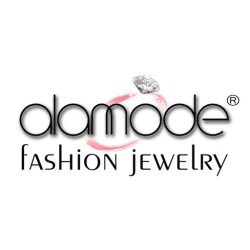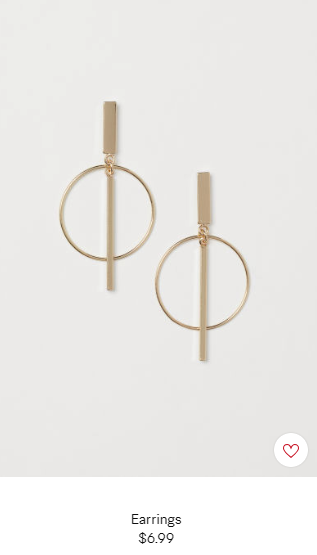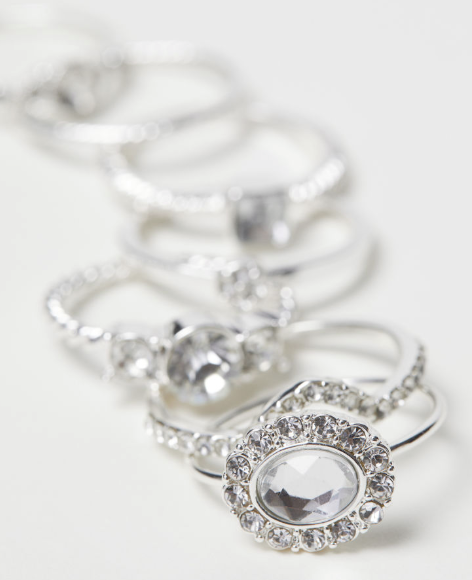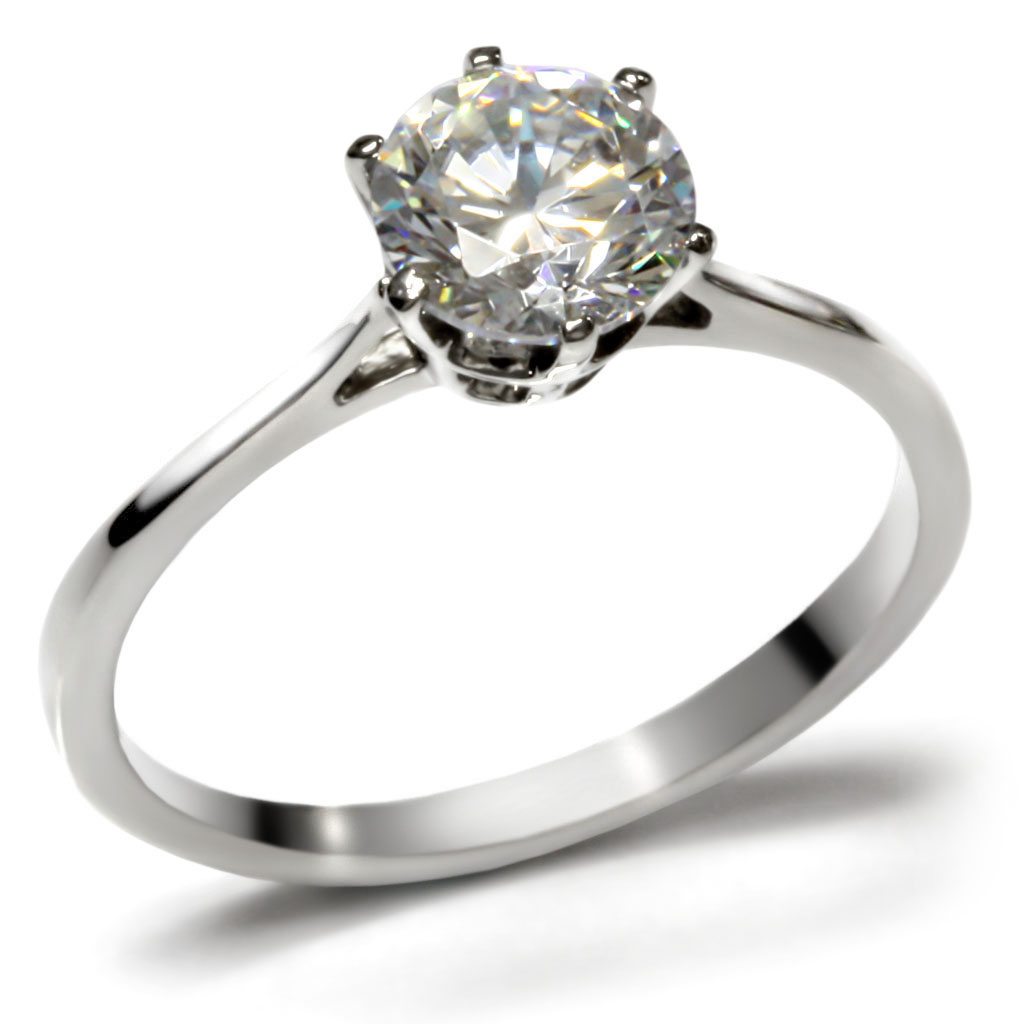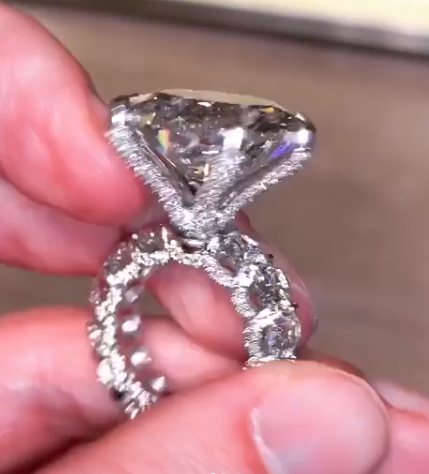As someone in the fashion jewelry industry, you hear this a lot. Are these CZs real Swarovski’s? I don’t want fake diamonds, I want a real Swarovski! For someone in the know, these questions are kind of nonsensical. But if you are asking these questions, it is not your fault! There is definitely a lot of misinformation in the fashion jewelry industry. So today we will figure out what Swarovski crystals really are and what you should know when buying them.
What are Swarovski Crystals?
Crystals, like Swarovski crystals, are also known as lead glass. As the name implies, lead glass is when lead replaces some of the content of a more typical glass you would find in everyday life. Adding lead creates a glass with an increased refractive index. For our purposes, you can describe a material’s refractive index as the ability of the material to bend light as light travels through it. This bending of light, along with the faceted cut faces, is what allows gems to sparkle and gives gems the “fire” that we all look for. It is no surprise that diamonds naturally have an extremely high refractive index. Swarovski crystals are faceted lead glass beads produced by the Swarovski company.
So are you trying to tell me that Swarovski crystals are just cut glass?
Well, they aren’t just any cut glass, but yes. By most definitions, Swarovski crystals, and all crystals used in jewelry, are basically a form of cut glass. But just because it is “only” cut glass doesn’t mean that it’s not special. By the same token, diamonds are just precisely cut minerals. With that said, we can answer one common question. Are Swarovski crystals real? Yes they are real. They are real lead glass. But more likely when a person asks this question, they are actually asking “are Swarovski crystals precious gems?”. In this case the answer is, no, they are not.
Swarovski crystals are non-precious lead glass meaning that the intrinsic value of the material is not very high. They do have a valuable brand name, however, which causes them to have higher prices compared to other crystal suppliers. At one point, Swarovski did have a noticeably higher quality crystal compared to other manufacturers. However, this is no longer the case and there are now many manufacturers of high-quality crystals. It is for this reason that we here at Alamode Fashion Jewelry tend not to use Swarovskis in our products. We still use them in some cases and we will certainly use them if a customer requests them, but in general, they do not look any better than any other crystal on the market.
Are Swarovski Crystals Worth it?
This leads us into our other common question: are Swarovski crystals worth it? The general rule of thumb for jewelry holds. If you think looks nice then it is worth it to you! But maybe you are asking: should I pay more for this ring with a Swarovski than this ring made with a different crystal? I would say the answer is if you value the Swarovski brand name, then yes it is worth it to be able to say it is a Swarovski. If you primarily value just the look of the product, then no since it will most likely look indistinguishable from less expensive crystals.
Swarovski Crystals VS Cubic Zirconias
Another common perception is that Swarovski crystals are “better” than cubic zirconias (CZ). Again, the answer to the question is up to interpretation. I think it could be argued that Swarovski has a better brand name compared to CZ which has a reputation for being cheap and fake. If the argument is that Swarovksi has better name recognition among the general population then yes, I think that you can say that Swarovski crystals are “better”. However if you are talking about objective looks, then I do not think you can say that Swarovski crystals are better than CZs. CZs have a higher refractive index meaning that they will sparkle more and have more “fire” compared to crystals. CZs and crystals can have comparable clarity but CZs are much harder so they will be much less likely to scratch compared to crystals. Often it is this scratched surface that makes stones look dull and “fake”.
Why use Crystals at all?
Now with all these reasons why crystals do not stack up to CZs, does that mean we should not use them at all? No! Crystals still have their place in fashion jewelry. In general, crystals are actually less expensive than CZs which makes them perfect for micro-pave settings. Micro-pave settings will usually use much smaller stones so each individual stone does not need the same level of clarity and detail of a larger stone. By using crystals versus CZs, the material cost of a piece can drop significantly without as significant of a drop in visual quality. Crystals are often also foil backed. This means that there is a reflective metallic foil added to the back of each crystal. Manufacturers add this foil to give the stone more fire at the expense of clarity. But this backing also means that crystals can be glued instead of manually set with prongs or other settings. Again, this is useful for very small stones where individually hand set stones would be too laborious and costly.
Conclusion
Hopefully, we were able to clear up some misconceptions about crystals and some of the stones used in fashion jewelry. It is true that Swarovski has a great brand name but that does not make it automatically better. While crystals might not be the best stone to use if visual quality is the main concern, they still have an important place in fashion jewelry.



